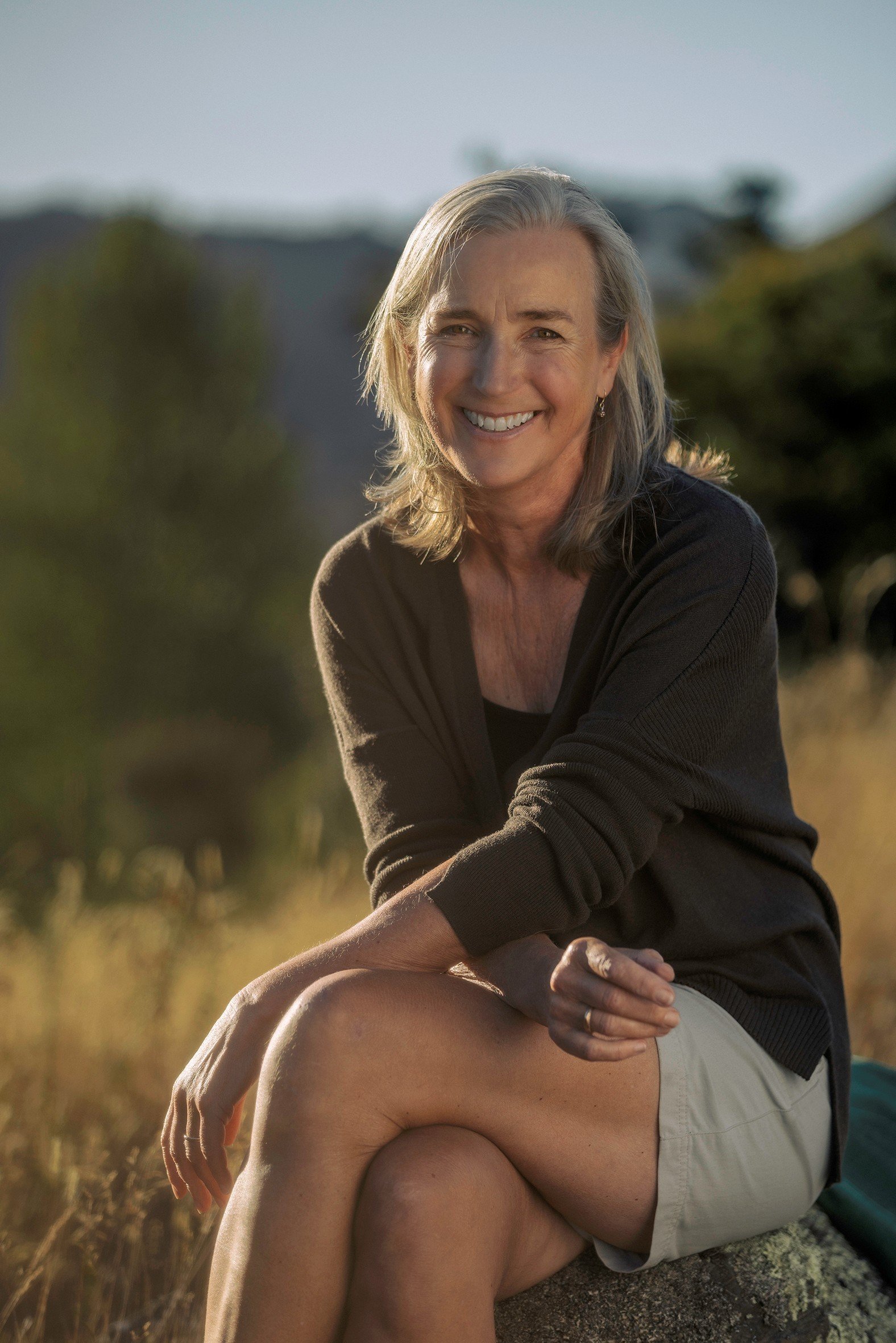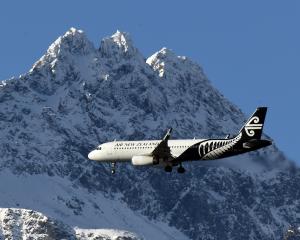
"You’ll probably need some tissues."
Launching quietly in Te Anau on Wednesday over a few beers with mates, the book — which tells the story of the helicopter deer recovery era in Fiordland through the eyes of three brothers, Gary, Mark and Kim Hollows — has taken about six years to come to fruition.
Published by Potton & Burton, it is a deeply personal story, richly illustrated with rare photos.
Carey’s late partner, Dave Comer, knew the Hollows boys well, particularly Kim, while Carey has known them for about 40 years.
But birthing the book has been a particularly tough process for Kim and Mark.
The latter was piloting a helicopter on September 15, 1989, in which Gary was the shooter.
Following an incident on the top of the Cameron Mountains, Gary was killed.
Mark stayed with his body and a wrecked chopper for over seven hours, using all his ammunition to keep kea away from Gary, before they were found by Bill Black, with crew and a police officer onboard.
Carey says one of the reasons she was drawn to write the book — which she was not commissioned for — was to provide an accurate portrayal of the venison recovery era in Fiordland.
"Every other book that had been written about it was kind of, ‘oh, look at us, jolly-ho, we’re the cowboys, aren’t we legendary?’," she said.
"I haven’t read a single book about that industry that really provides us with an accurate portrayal, and I wanted to do that.
"There’s an interview in the book where one of the shooters is enormously honest about how he really did suffer from PTSD.
"And the tears.
"You can see that he’s never really got over it, and he’s never got over the loss of his mate."
Carey, who will discuss the book with journalist Mike White at Te Atamira on October 31, during the Queenstown Writers Festival, is effusive in her praise for Mark and Kim’s courage in telling their story, given they are still deeply affected today.
For Mark, in particular, it had been difficult to "look in the rear-vision mirror", she said.
"I cannot state more strongly how courageous and brave Mark was in giving his story, particularly of the time Gary died.
"It’s not pretty."
During the process, though, Carey said there were two main themes that intrigued her, the first being "the roll of the dice".
By that, she explained, the role of luck or fate — why one pilot or shooter would die, and another would not — noting it was something that applied to all of us, and something we all struggled to come to terms with.
The second aspect was the widespread PTSD left in the wake of the 25-year helicopter venison industry, and its legacy of grief, trauma and sometimes guilt.
While she did not want to use that term, she did want to explore what it meant for some of these people, primarily men.
"How a particular shooter, for example, chain-smoked and shed tears through an entire interview, or how a pilot having lost his shooter, or in this story, his brother, can continue on through life."
And, of course, there was the "elephant in the room" conversation about the conservation implications without helicopter venison recovery, noting Fiordland now has a deer population bordering on what it was in the 1960s.
Back then, deer were so widespread, the entire understory was eaten out.
History is, seemingly, repeating.
"Yes, we can protect birdlife and restore the canopy by controlling stoats, rats, possums, and let’s not forget cats, but there will be no forest one day soon, because all seedlings are being taken out — every broadleaf, rata or five fingers, every palatable seedling in the forest, is being razed to the ground.
"And no, ground hunters cannot control the population."
• The Hollows Boys, $39.99, will be available in book stores nationwide from Wednesday.











